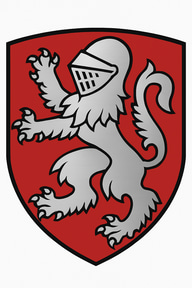Rapidly enhance and expand your business using virtual prototype simulation.
Save money by reducing the production of inefficient physical prototypes;
Analyze the structure, rigidity and resistance of your product;
Predict possible failures with simulations.
Accelerate growth and stay ahead of the competition
What is FEA? It is an acronym for Finite Element Analysis.
Finite element analysis (FEA) is the process of predicting the behavior of an object based on calculations made using the finite element method (FEM). While FEM is a mathematical technique, FEA is the interpretation of the results that FEM provides.
It is used to validate and test designs safely, quickly, and cost-effectively by creating virtual models of real-world products.
FEA modeling makes it possible to simulate the physical world without the cost, time, or risk of building physical prototypes.
These models are used to solve a variety of conditions and scenarios in a variety of industries, especially those with complex or high-risk environments, such as aerospace, automotive, and mechanical engineering.
FEA is commonly used in industries where physical testing is too expensive, time-consuming, impossible, or impractical.
Examples of applications that use FEA include:
Aerospace Engineering: FEA is used to simulate the performance of aircraft components and systems under various flight conditions. Landing gear integrity, structural strength of the fuselage, wings and control surfaces, fatigue life prediction, vibrations, and more can all be modeled with FEA.
Automotive Engineering: FEA is used to evaluate systems throughout the vehicle, including the structural crashworthiness of the suspension and chassis. In safety testing, FEA can help engineers evaluate the performance of various safety systems under various crash conditions.
What are the advantages of FEA?
Evaluate complex geometries: FEA can analyze complex structures that would otherwise be time-consuming, expensive, challenging, or impossible to evaluate.
Simulate a variety of physical problems: FEA allows engineers to model multiple physical problems at once.
Save time, money, and resources: FEA reduces the need for physical prototyping so engineers can evaluate the safety, reliability, and performance of a design before it is even built.
Inovation
Design and engineering for aerospace and automotive sectors.
telephone
+55 21 977-255324
